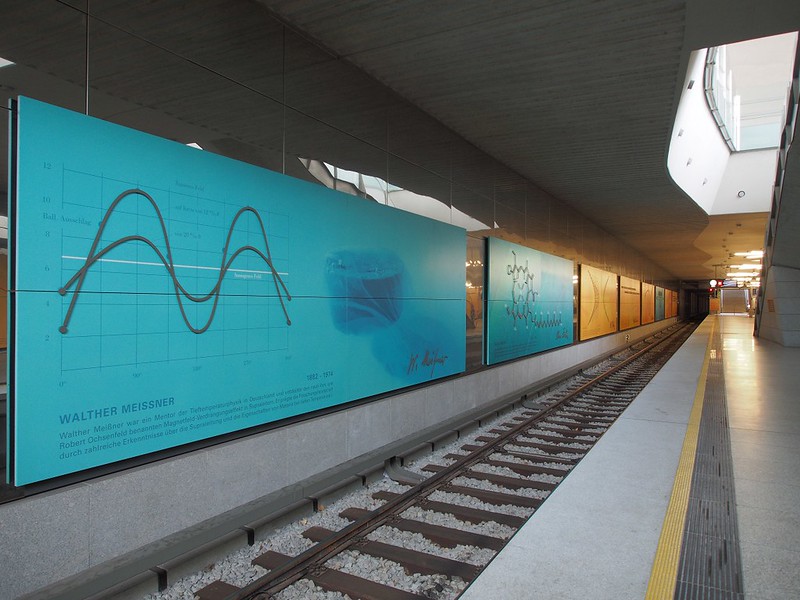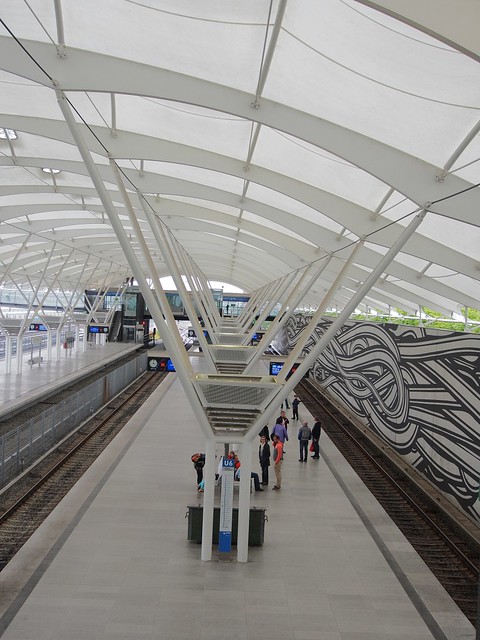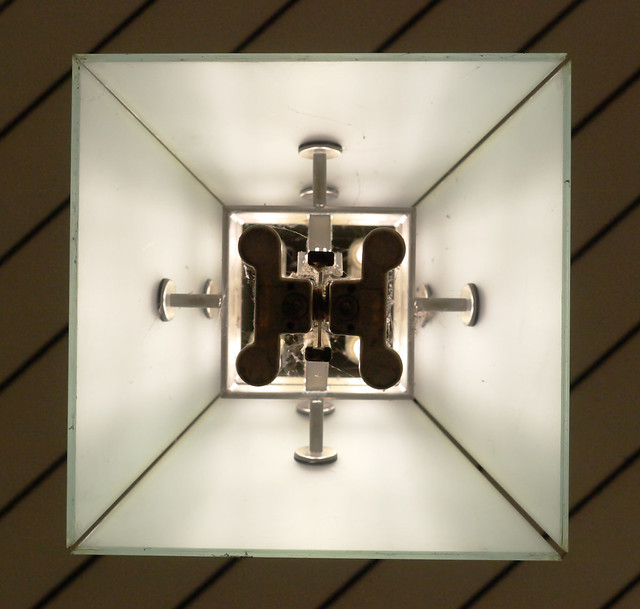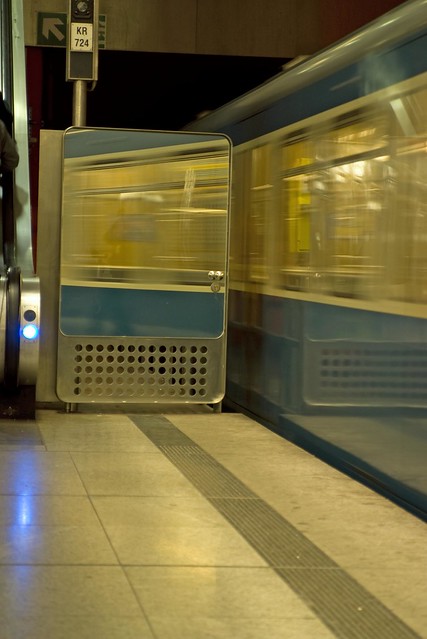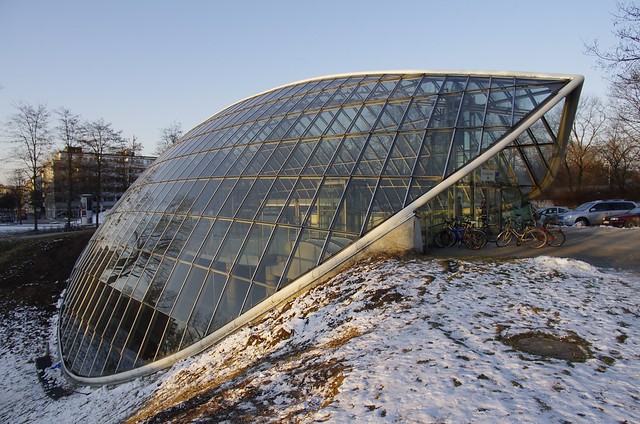So here's the question. Is this modernity part of Germanic thinking of the current post-wars epoch. Have the people found a new clarity that extends beyond this magnificent architecture or does this "logical" and simply evocative design only belong in the arts? Could there perhaps be some manifestation of this clarity in developing social and academic understanding or even make its way to political expression?
Asher,
These are many questions. I will try to answer some.
From what I see (subjective and far from any kind of complete view) architecture is pretty diverse in Germany. Modernism is a part of it, but it is one among other styles. There is a drive to preserve the look of cities in a way like these were before WWII - buildings look older than they are - Augsburg is a good example for that. Other cities like Kassel left the past behind and the place was rebuilt from scratch.
I think that examples like this particular station are owed to the fact that the Munich U-Bahn system does not have the same long history like for example Le Métro in Paris, there is no particular style that needs to be preserved and experiments are welcome as long as the function of the building is up to the needs and the appearance does not make a too high contrast to the surroundings. There are, however, always examples that contradict this...
I would like to see a little more audacity in architecture, at least sometimes.
Political expression in architecture? No. I think that there are still many people who dislike the extend to which architecture was employed for politics in the Third Reich. The museum now known as
Haus der Kunst in Munich is an excellent example of this architecture.
Best regards,
Michael







